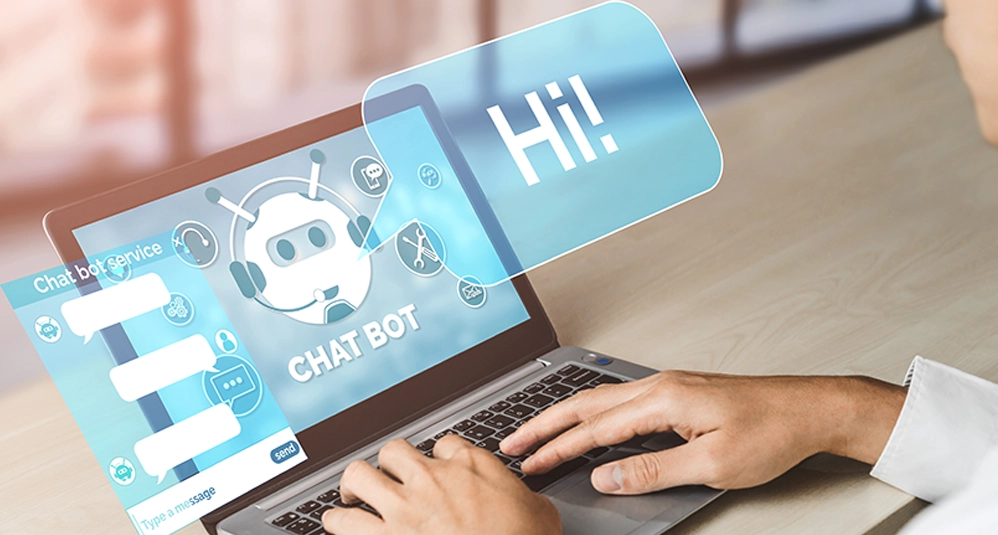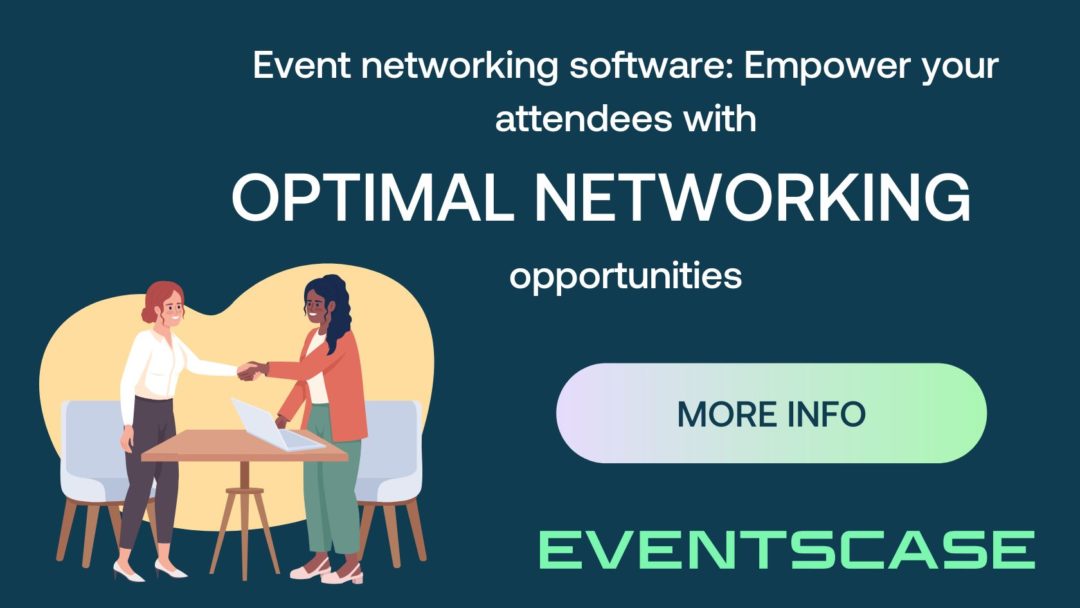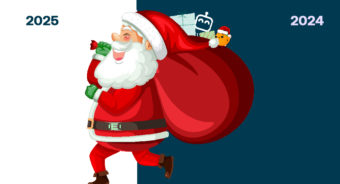Event chatbots on WhatsApp are transforming the way organisers and attendees interact. Powered by artificial intelligence, these chatbots provide an efficient and accessible platform for managing communications throughout the event lifecycle. This article explores their functionality, key features, and the benefits they offer.
How do event chatbots on WhatsApp work?
Integration and Configuration
Integrating an event chatbot into WhatsApp is simple and straightforward. Event organisers can utilise specialised platforms to create and configure chatbots without requiring advanced technical skills. These chatbots are programmed to address common queries, manage registrations, and send important notifications to attendees.
Automated Communication
Once configured, the chatbot automates communication with attendees. It can send reminders, program details, and last-minute updates, ensuring attendees are always well-informed and prepared.
Registration and Check-in Management
Event chatbots on WhatsApp streamline the registration and check-in process by sending QR codes directly to attendees’ mobile devices. This method is faster and more efficient, significantly reducing queues and waiting times at the event.
Key Features of Event Chatbots on WhatsApp
Instant and Personalised Responses
Event chatbots provide instant responses to attendee queries. Leveraging artificial intelligence and natural language processing, they understand and answer questions about the event, offer personalised recommendations, and assist attendees in navigating the event programme.
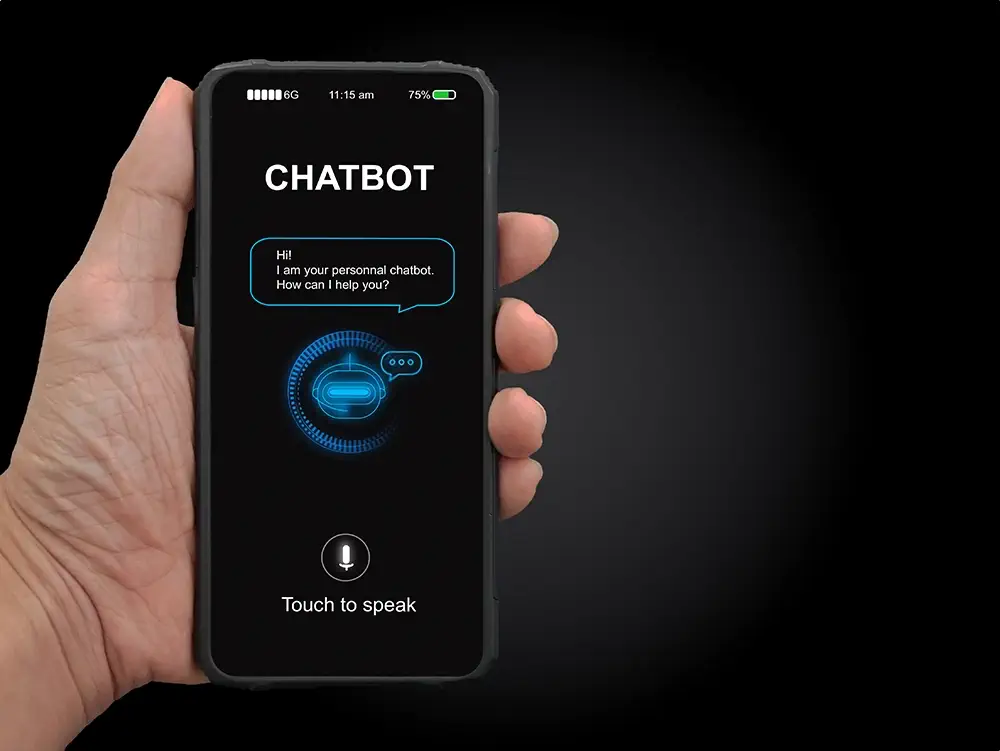
Proactive Notifications
Beyond responding to queries, chatbots send proactive notifications such as session reminders, agenda updates, and alerts about important activities. These notifications ensure attendees don’t miss any crucial parts of the event.
Gathering Feedback
Event chatbots on WhatsApp can collect feedback from attendees by sending surveys and evaluation forms during and after the event. This enables organisers to gain valuable insights into the attendee experience and identify areas for improvement. Additionally, chatbots can address real-time issues at the event, allowing organisers to promptly remedy any situation.
Benefits of Using Event Chatbots on WhatsApp
Accessibility and Convenience
WhatsApp is widely used globally, making chatbots on this platform highly accessible. Attendees do not need to download additional apps or learn new platforms, simplifying their experience.
Time and Cost Savings
Automating communication and registration management reduces the time and resources required to organise an event. This allows organisers to focus on other critical aspects of the event while the chatbot handles routine tasks.
Improving the Attendee Experience
By providing real-time information and quick responses to queries, event chatbots on WhatsApp can enhance the attendee experience. Personalisation and immediate attention increase attendee satisfaction and engagement.
How Chatbots Worked Before the Advent of Natural Language Processing (NLP)
Before the widespread adoption of natural language processing (NLP), chatbots operated primarily through rule-based methods. These systems were much simpler and less flexible than modern chatbots, and their ability to carry on a natural conversation was quite limited. Here we explore how these early chatbots worked and the technologies they used.
Rules-Based Chatbots
ELIZA
One of the earliest and best known rule-based chatbots was ELIZA, created in the 1960s by Joseph Weizenbaum. ELIZA simulated a conversation with a psychotherapist, using pattern matching and predefined templates to generate responses. It did not actually understand the user’s questions, but simply responded with generic phrases based on keywords found in the user’s input.
PARRY
Developed in 1972 by Kenneth Colby, PARRY was a chatbot designed to simulate a person with schizophrenia. Although it also used a rule-based approach, PARRY was more complex than ELIZA, as it attempted to mimic emotional states by adjusting parameters of “anger”, “fear” and “distrust” to produce more varied and seemingly human-like responses.
A.L.I.C.E.
In the 1990s, Richard Wallace developed A.L.I.C.E. (Artificial Linguistic Internet Computer Entity), a chatbot that used Artificial Intelligence Markup Language (AIML) to structure its responses. A.L.I.C.E. improved the ability of chatbots to have longer, more coherent conversations by allowing developers to continually add new responses based on previous interactions.
Limitations of Rule-Based Chatbots
Rules-based chatbots had several significant limitations:
- Lack of Context Understanding: These chatbots could not understand the context of a conversation beyond specific pattern matching.
- Limited responses: Responses were predefined and rather repetitive, which limited the naturalness of interactions.
- Scalability: Adding new responses and keeping matching patterns up to date required significant manual effort, which made scalability difficult.
Evolution to Modern Chatbots
With the advancement of technology and the introduction of natural language processing (NLP), chatbots have become much more sophisticated. NLP allows chatbots to understand and generate human language more effectively, providing more coherent and contextual responses. This change has enabled today’s chatbots to handle a much wider variety of tasks and have more natural and useful conversations. This also leads to advancements in streamlining event chatbots on WhatsApp.

Introduction to EVA: Event Virtual Assistant
EVA is an artificial intelligence assistant for events that operates through WhatsApp, enhancing interaction with attendees before, during, and after events. Using artificial intelligence to facilitate natural language-based conversations, this chatbot, developed by Eventscase, provides a seamless and personalised user experience, transforming the way attendees engage with events.
Easy Registration and Check-in
One of the greatest benefits of using EVA is the simplification of the check-in process. Attendees receive a QR code directly via WhatsApp, which they can use to register for the event quickly and easily. This eliminates the need for additional apps and streamlines access to the event.
Real Time Information
EVA sends automatic notifications about the event agenda, schedule changes and available services directly via WhatsApp. This ensures that attendees are always informed and can plan their participation effectively.
Intelligent Interaction
Thanks to artificial intelligence, EVA can interact naturally with attendees. It answers questions, offers personalised recommendations for sessions and activities, and facilitates connections between attendees based on their interests and profiles. Additionally, EVA Networking’s new functionality allows it to identify QR codes on badges through photos and share contact details between attendees if both parties agree.
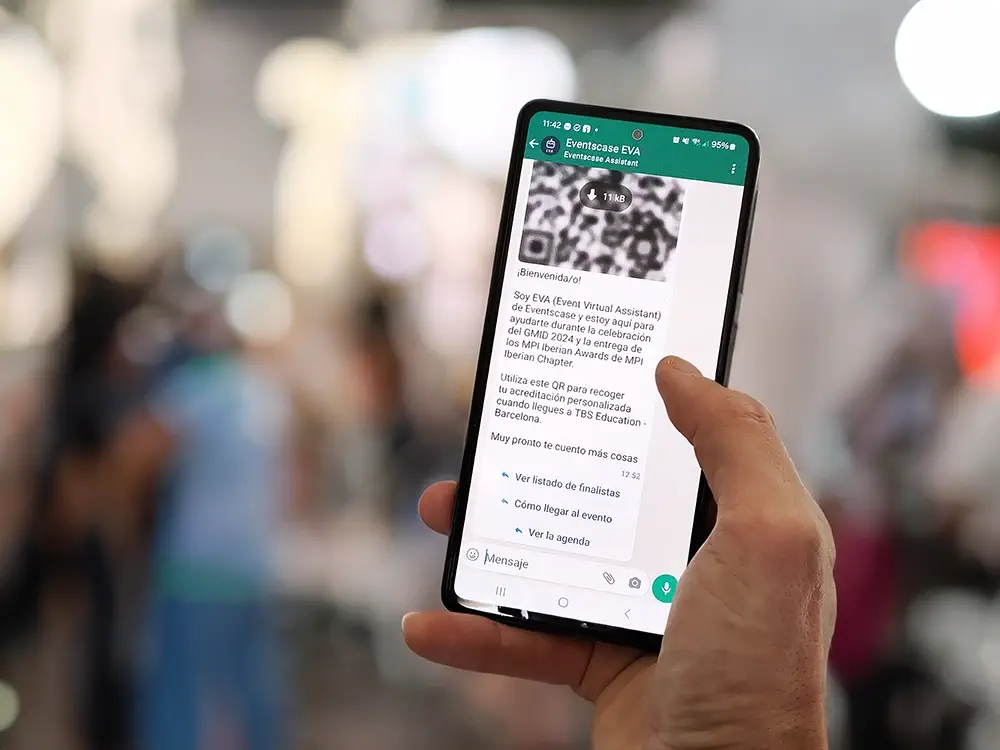
Conclusion
Event chatbots on WhatsApp offer a powerful tool to enhance event management and attendee experience. They provide efficient, accessible, and personalised communication, benefiting both organisers and attendees. Integrating a chatbot into your next event could be the key to a successful and memorable experience.
If you would like to subscribe to our newsletter to get live updates on everything related to our platform – news, blogs, events, announcements and much more, please, register here.

